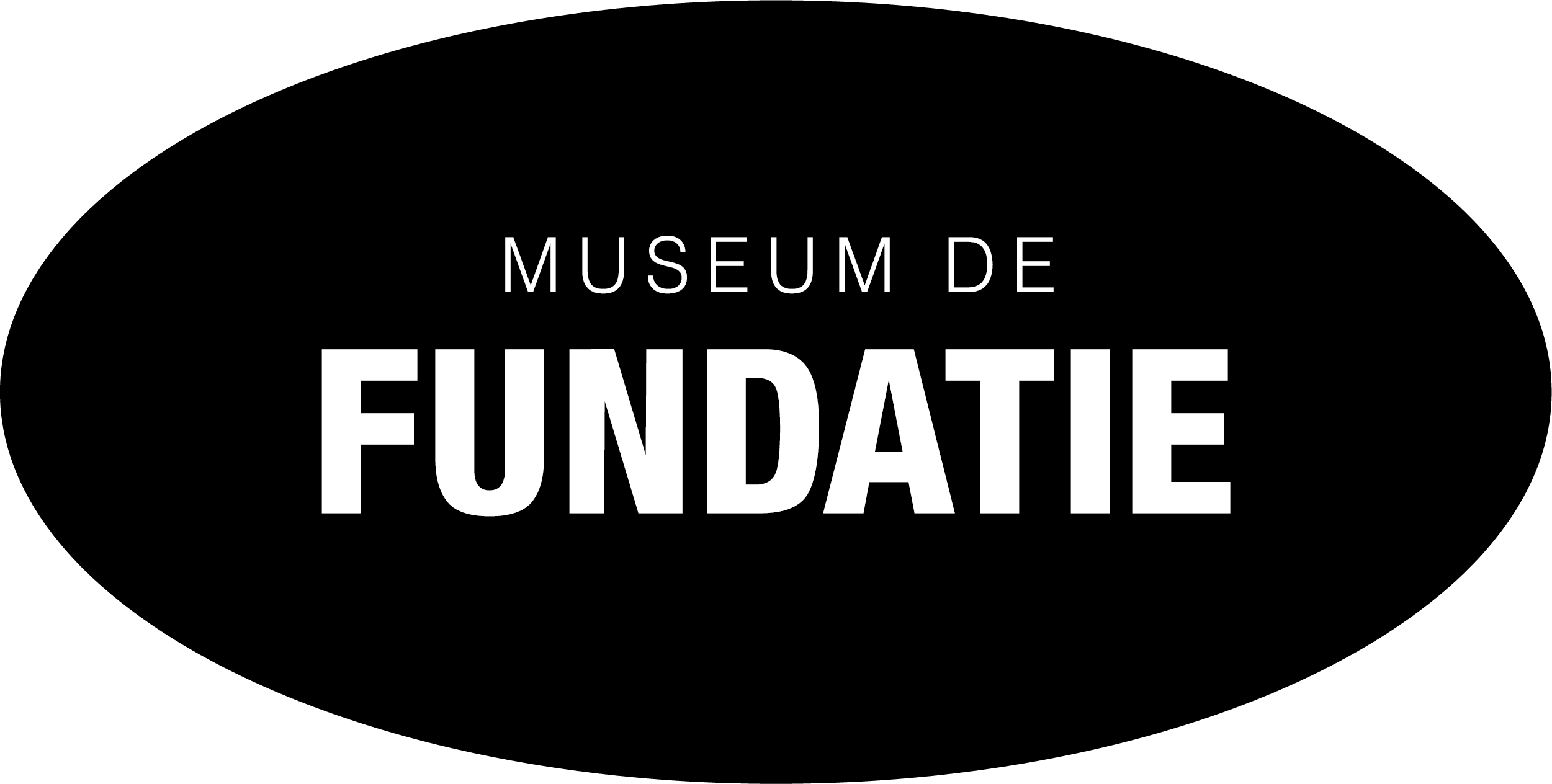
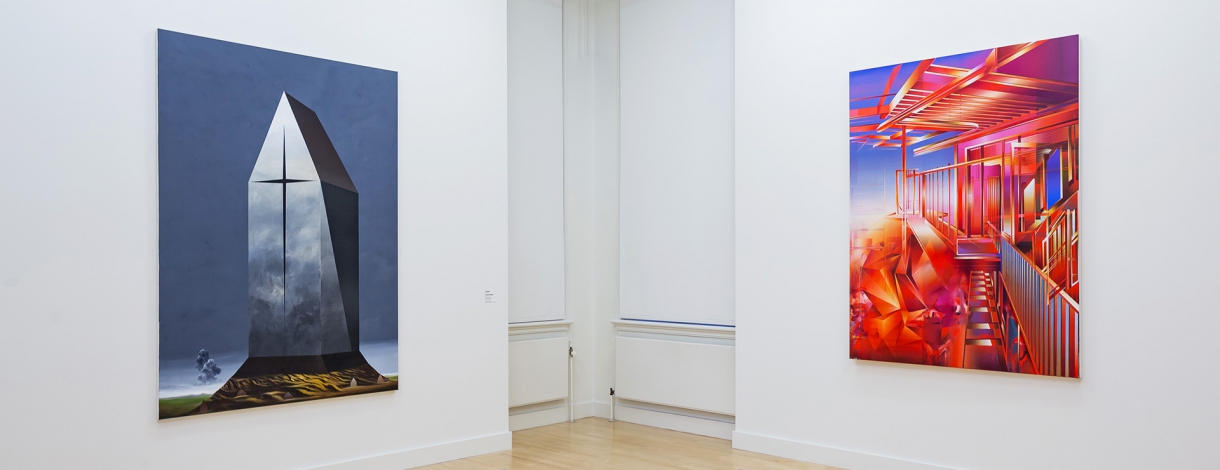
- From: 17 january 2020
- Through: 23 august 2020
- Location: Museum de Fundatie
CRUX - PAINTINGS BY MARTIN KOBE, MIRJAM VÖLKER, ROBERT SEIDEL AND TITUS SCHADE
CRUX introduces the public to the work of four painters from Leipzig: Martin Kobe (b. 1973), Mirjam Völker (b. 1977), Robert Seidel (b. 1983) and Titus Schade (b. 1984). The artists’ paths crossed when they were students at the city’s renowned Academy, the Hochschule für Grafik und Buchkunst. Kobe was a Meisterschüler under Arno Rink; Völker, Seidel and Schade under Neo Rauch.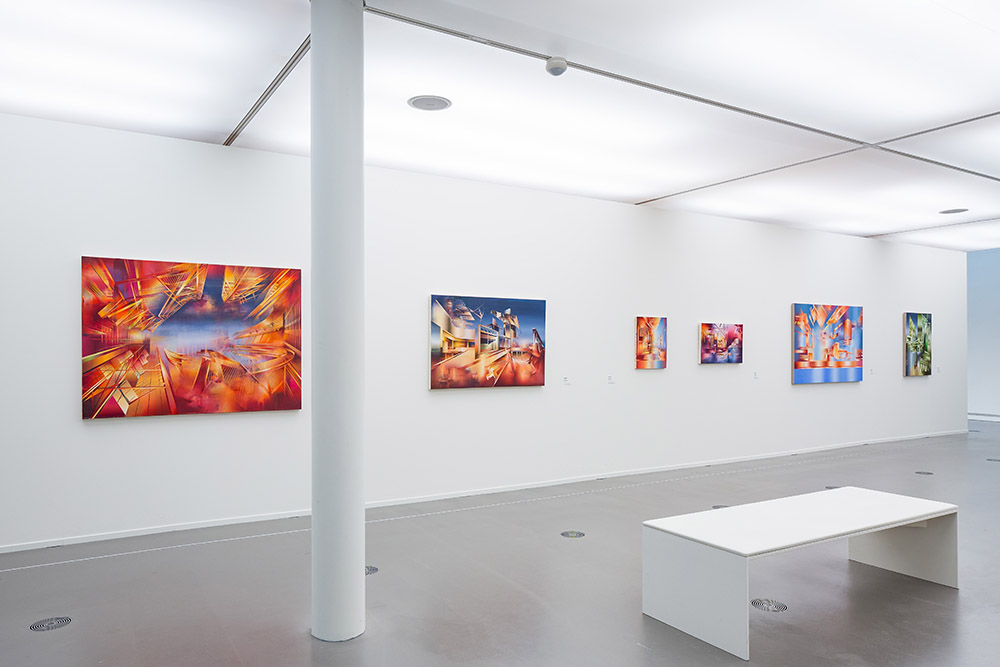 Martin Kobe
Martin Kobe
As well as a city of books and music, Leipzig is a major centre for painting. Max Beckmann was born there and after World War II the city played a prominent part in the artistic life of the GDR, with Werner Tübke, Wolfgang Mattheuer and Bernhard Heisig as its chief representatives. Painting in East Germany was figurative, both by order of the state and due to the personal preferences of the artists. Abstraction and conceptualism, then so dominant in the art of the West, attracted little interest in the GDR. No wonder, therefore, that the art being created in Leipzig at that time was regarded as old-fashioned by contemporaries in the Netherlands and elsewhere in the Western world. Following the fall of the Berlin Wall, however, the work of Leipzig artist Neo Rauch (b. 1960) brought international appreciation. A member of the generation that followed Tübke, Mattheuer and Heisig, Rauch received his training in the GDR. Even though he was a true exponent of the Leipzig School, his large figurative works attracted worldwide notice in the 1990s. Major exhibitions followed, for example at New York’s Metropolitan Museum of Art. In the wake of Neo Rauch, a string of Leipzig painters gained an audience in the West and since then Leipzig has been regarded as a major nursery for painting talent.
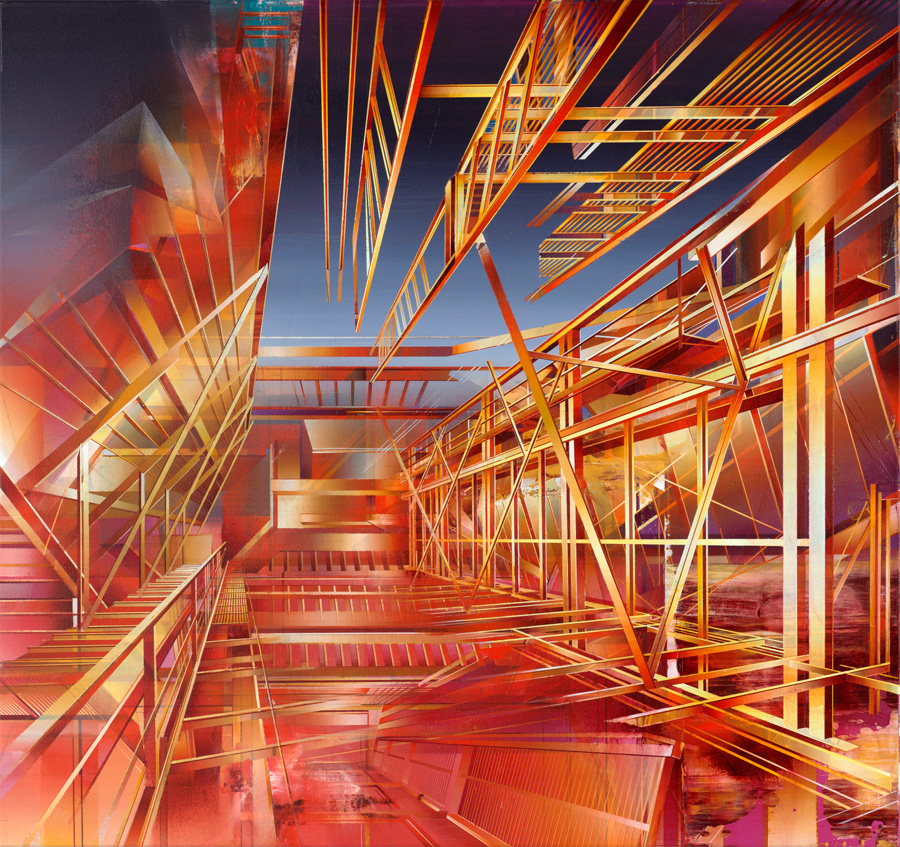 Martin Kobe, Untitled, 2010, acrylic on canvas 120 x 130 cm, Courtesy The artist.
Martin Kobe, Untitled, 2010, acrylic on canvas 120 x 130 cm, Courtesy The artist.
In recent years, Museum de Fundatie has held several exhibitions of work by Leipzig painters, starting in 2017 with retrospectives of work by Werner Tübke (1929-2004) and Wolfgang Mattheuer (1927-2004). The museum’s collection contains major works by both artists, including the model for Tübke’s Arbeiterklasse und Intelligenz (a painting created for the University of Leipzig). In 2018, the museum held a major Neo Rauch retrospective featuring 65 paintings dating from between 1993 and 2017. The ensemble of Rauch’s works on permanent display at Museum de Fundatie is the only one of its kind in the Netherlands: it comprises four works from the museum’s own collection (Gewitterfront (2016), Tal (1999) – acquired last year – and two works on paper), plus two works on long-term loan (Neujahr and Der Lehrling). Most recently, in 2019, the museum has held a retrospective of work by Michael Triegel (b. 1968). In next year’s show, CRUX, Museum de Fundatie presents a new generation of Leipzig painters. They are linked not only by their city’s great painting tradition and their own virtuosity, but by their shared interest in architecture and landscape.
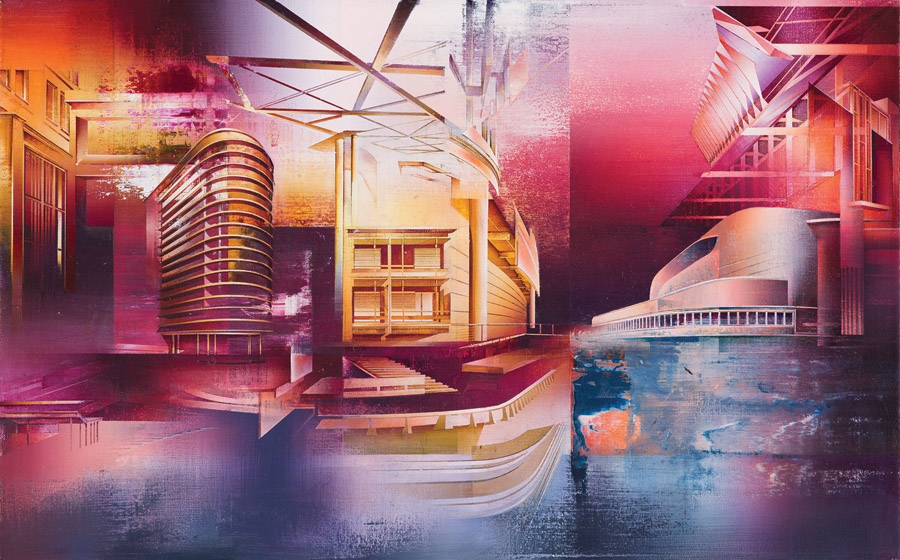 Martin Kobe, Untitled, 2015, acrylic on canvas 50 x 80 cm, private collection Berlin.
Martin Kobe, Untitled, 2015, acrylic on canvas 50 x 80 cm, private collection Berlin.
Martin Kobe
The main subject of Martin Kobe (b. 1973) is open spaces, whether interiors or exteriors. His paintings are composed of fragments of imaginary buildings. They seem to be the setting for something more significant, but what? The clean-lined architecture thrusts forward from the background, looking modern and futuristic, but is far from functional. Kobe plays with perspective. By using a variety of vanishing points, he creates a confusing sense of dynamism. His paintings exist at the interface of dream and reality. Sharply drawn lines contrast with vague architectural outlines, constructivism with deconstructivism, beauty with devastation.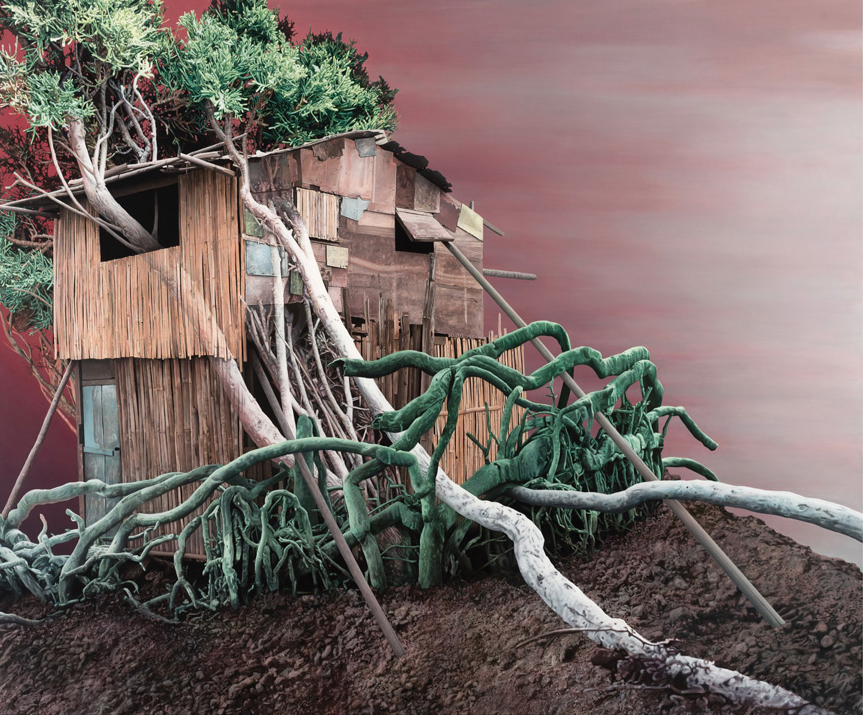 Mirjam Völker, Bann, 2015, Acrylic on canvas 180 x 220 cm, collection Hildebrand, Leipzig, courtesy Galerie EIGEN + ART Leipzig/Berlin, Photo: Stefan Fischer, Leipzig.
Mirjam Völker, Bann, 2015, Acrylic on canvas 180 x 220 cm, collection Hildebrand, Leipzig, courtesy Galerie EIGEN + ART Leipzig/Berlin, Photo: Stefan Fischer, Leipzig.
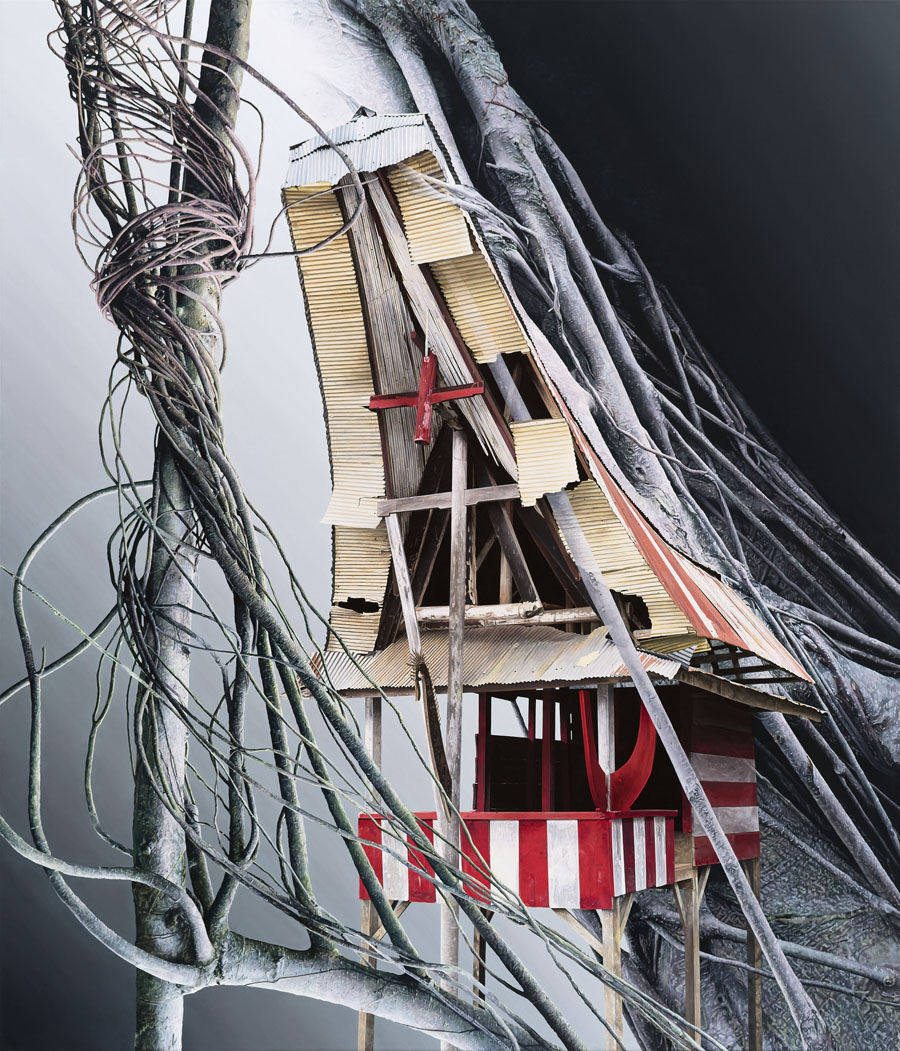 Mirjam Völker, Totem, 2018, Acrylic on canvas 210 x 180 cm, private collection Pforzheim, courtesy Galerie EIGEN + ART Leipzig/Berlin, Photo: Freund Walter.
Mirjam Völker, Totem, 2018, Acrylic on canvas 210 x 180 cm, private collection Pforzheim, courtesy Galerie EIGEN + ART Leipzig/Berlin, Photo: Freund Walter.
Mirjam Völker
Mirjam Völker (b. 1977) creates pictures that confront us with the remains of some lost civilisation, overgrown by vegetation. The houses, sheds and huts in her paintings are deserted and look sometimes European, sometimes Asian. Is this the world following the extinction of the human race, or some adventure playground built for and by children? Nature and civilisation are at war. Houses seem to be the playthings of nature and possess an almost human quality. Windows look like eyes and ears, surrounding structures like limbs. These anthropomorphic edifices are struggling against nature, or perhaps the two are locked in a mutual embrace. It is all a mystery.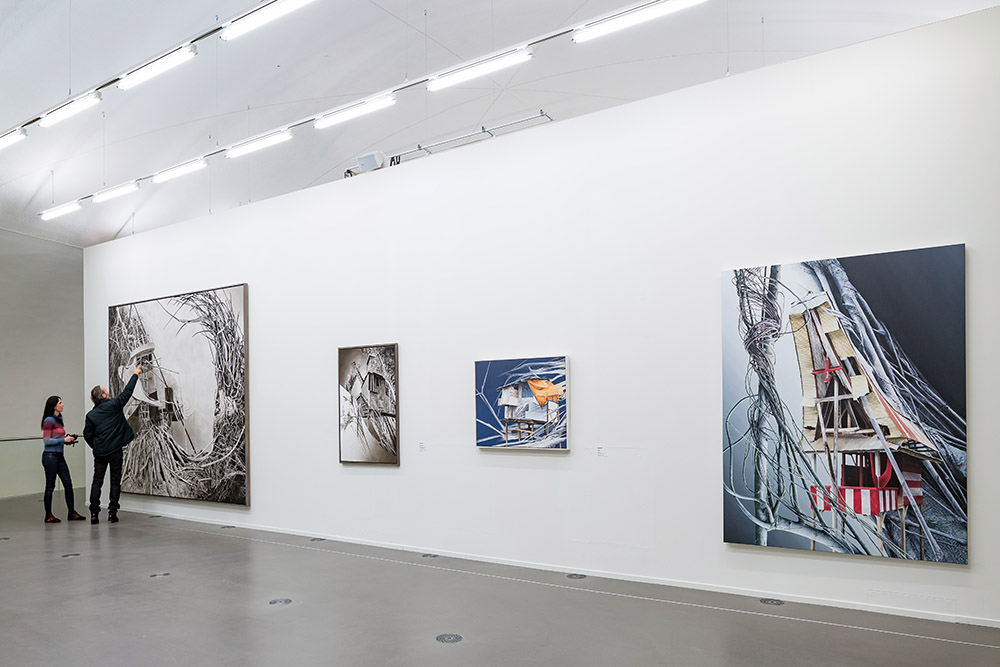 Mirjam Völker
Mirjam Völker
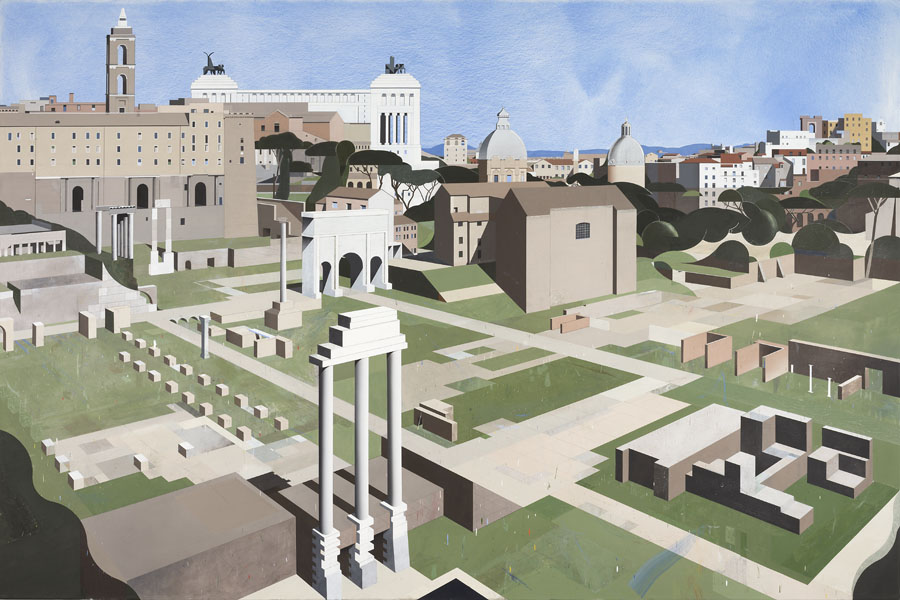 Robert Seidel, Forum Romanum, 2016, egg tempera on canvas 200 x 300 cm, collection Köstlin, Berlin.
Robert Seidel, Forum Romanum, 2016, egg tempera on canvas 200 x 300 cm, collection Köstlin, Berlin.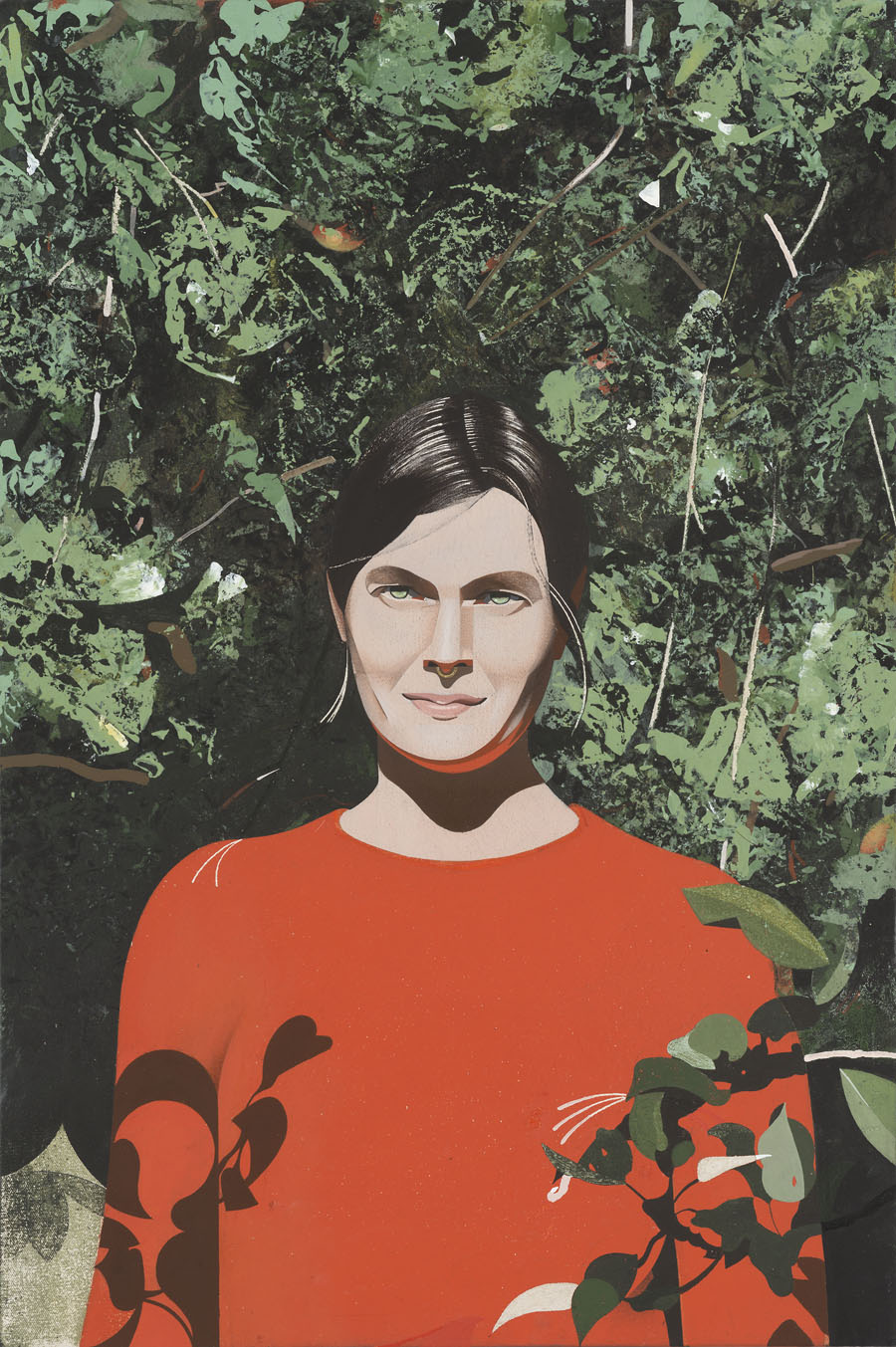 Robert Seidel, Manu, 2018, egg tempera on canvas 60 x 40 cm, private collection Eindhoven.
Robert Seidel, Manu, 2018, egg tempera on canvas 60 x 40 cm, private collection Eindhoven.
Robert Seidel
Robert Seidel (b. 1983) employs the traditional egg tempera technique, mixing his own paints and applying them layer by layer. He makes no preparatory sketches, but constructs his own world on the canvas, reducing what he sees to flat graphic-looking planes. His work is sometimes inspired by board and video games but he also paints luminous landscapes in which the bright light of the seaside is the most striking feature. Where people appear, he paints them in an almost clinical way, focusing on patterns and with a fresco-lik approach to perspective. They are as lustrous as the cars and motorbikes that also make regular appearances in his work.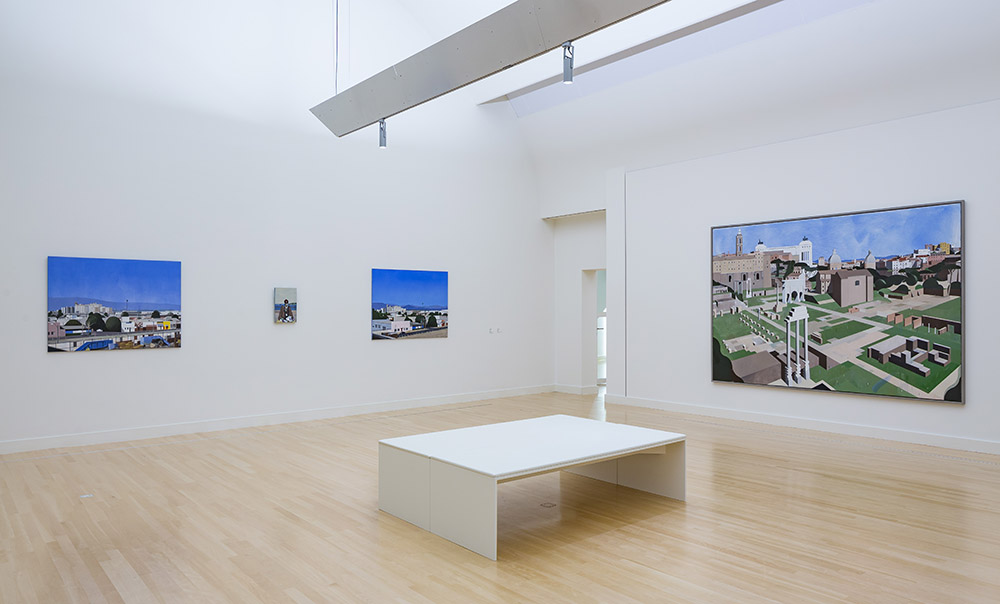 Robert Seidel
Robert Seidel
Titus Schade
Titus Schade (b. 1984) produces theatrical paintings that look like stage sets transferred directly to canvas. His houses are literally spotlit, picked out by crisply defined beams of light. German architectural styles, in particular half-timbered houses, are a constant feature of his compositions. But just when you are about to describe his art as typically German, you realize that the same sort of half-timbered houses can be seen all over Europe. Schade’s straight lines, as geometrical as Mondrian’s, form composite worlds reminiscent of doll’s houses. A brick-built universe in which Schade acts as a great Creator, constructing edifices for some future race.
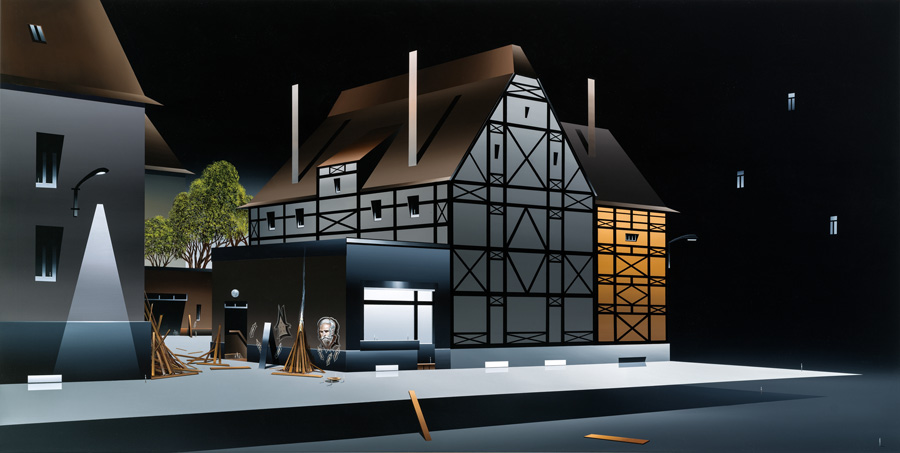 Titus Schade, Der große Kiosk, 2018, Oil and acrylic on canvas, 100 x 200 cm, private collection, Leipzig, courtesy Galerie EIGEN + ART Leipzig/Berlin, Photo: Uwe Walter, Berlin.
Titus Schade, Der große Kiosk, 2018, Oil and acrylic on canvas, 100 x 200 cm, private collection, Leipzig, courtesy Galerie EIGEN + ART Leipzig/Berlin, Photo: Uwe Walter, Berlin.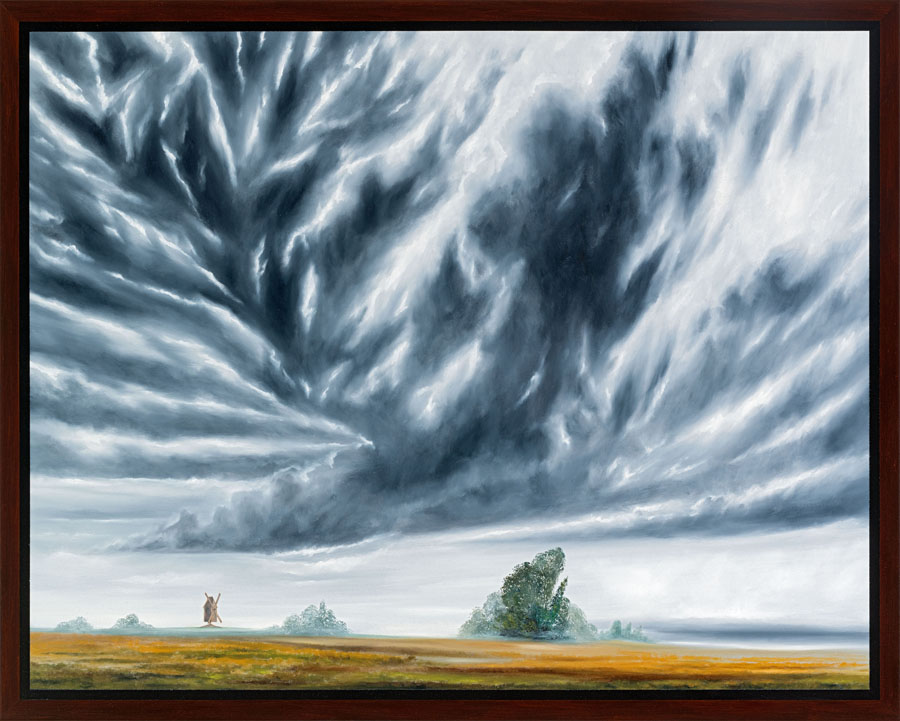 Titus Schade, Die Landschaft, 2018, Oil and acrylic on canvas 80 x 100 cm, private collection, Aschersleben, courtesy Galerie EIGEN + ART Leipzig/Berlin, Photo: Uwe Walter, Berlin.
Titus Schade, Die Landschaft, 2018, Oil and acrylic on canvas 80 x 100 cm, private collection, Aschersleben, courtesy Galerie EIGEN + ART Leipzig/Berlin, Photo: Uwe Walter, Berlin.
CRUX is being mounted in close cooperation with the artists, Galerie EIGEN + ART and ASPN Galerie.
Concurrently with this exhibition, the Drents Museum in Assen is showing work by another Leipzig painter, David Schnell (b. 1971).
The exhibition catalogue, CRUX – Schilderijen van Martin Kobe, Mirjam Völker, Robert Seidel en Titus Schade, will be published by Waanders & de Kunst and contain contributions by Ralph Keuning, Leonie Pfennig, Kito Nedo, Karoline Mueller-Stahl, Simone Sondermann and Larissa Kikol.
- From: 17 Jan 2020
- Through: 23 Aug 2020
- Location: Museum de Fundatie
Also check these exhibitions
-
JONATHAN VAN DOORNUM
.png)
Dark There, Joyful Here
Museum de Fundatie -
Sculpture garden
.png)
near Kasteel het Nijenhuis
Kasteel Het Nijenhuis -
Fundatie Collection: REMIX
.png)
-
Fundatie Collection: REMIX
.png)
New perspectives in the castle
Kasteel Het Nijenhuis -
PROTO: Jack Brandsma & Hester Oerlemans & students
.jpg)
(RE)DO
Kasteel Het Nijenhuis -
Fundatie Collectie: 80 years of freedom
.png)
-
Henk Heideveld
.jpg)
50 Years of Artistry
Museum de Fundatie -
Dutch impressionism
.png)
from Israels to Ansingh
Museum de Fundatie
.jpg)
.jpg)